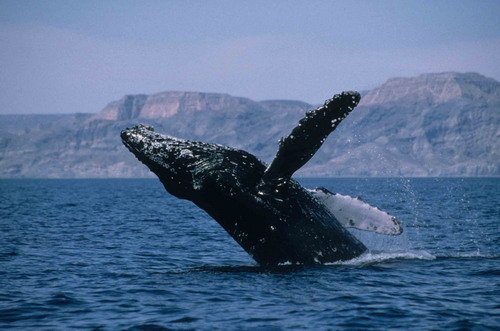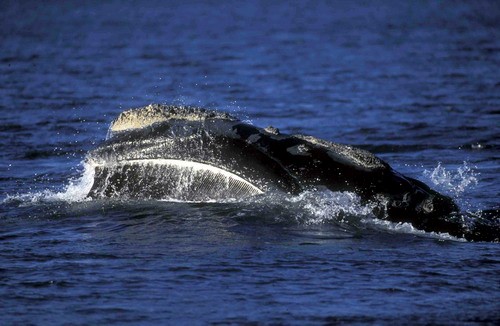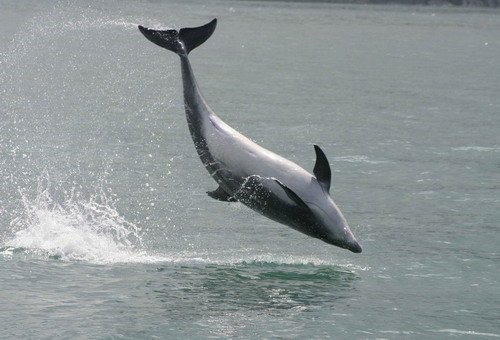One of the main focusses of the Sea Watch Foundation is collecting data about marine mammal sightings from all around the UK. This is very important for understanding population trends of our different whales and dolphins over the years. Only by understanding the population dynamics and identifying the important areas for our marine species can we hope to protect them in the future.
In 1982 the International Whaling Commission ruled to stop commercial whaling on all whale species and populations from 1986 onwards. This is commonly known as the commercial whaling moratorium, and it remains in place today.
The whaling activities of the last century devastated the world’s whale populations. Since then, marine conservation organisations around the world like the Sea Watch Foundation have been monitoring these whale populations as they recover.
Whales are a vital part of the marine food chain, so a change in these populations has a significant effect on the whole ecosystem. Large whales like the great Blue whale can eat half a million calories worth of krill per mouthful! Therefore, one of the greatest effects of the removal of great whale populations can be a huge boom in krill. This then has a knock-on effect on the rest of the ecosystem.
Interestingly, whale faeces is also a valuable resource in our ocean ecosystem. It acts like fertiliser in the oceans, fuelling the growth of phytoplankton. These microscopic organisms photosynthesise, like plants, taking in carbon. Much like trees, they act like the lungs of the planet, giving us oxygen to breathe.
Consequences from whaling over the years include increased carbon dioxide, contributing to global climate change. Phytoplankton is also a main food source for many other species, including many fish species and so the plankton availability can affect our commercial fish stocks.
It is now many years on from the days of worldwide commercial whaling. Yet today we are still seeing the lasting effects of the industry. Some species are still struggling to recover, such as the Right Whale species, so called as they were the ‘right’ whales to hunt. They were hunted to near extinction and now a very rare sight in the North Atlantic.
Our iconic Blue whale has also struggled to make a come-back. They are listed as Endangered worldwide by the IUCN, with some populations like the Antarctic blue whale listed as Critically Endangered (IUCN, 2008).
One possible success story is that of the Humpback whale. After more than 250,000 humpbacks were killed in whaling times yet some populations appear to be recovering, with their numbers increasing in some populations (WDC).
It is difficult to know how these species will fare in future, not least because the threat of whaling is not completely one of the past, with countries including Japan, Norway and Iceland still actively whaling despite the IWC moratorium.
They are also still in danger from other man-made threats. These include habitat loss, chemical and plastic pollution, entanglement in fishing gear and declining food availability due to climate change.
Sea Watch Foundation, through its continuous programme of research and monitoring, provides invaluable information on changes to the status and distribution of whale and dolphin populations and the condition of their habitats.
Sea Watch’s work could not be completed without the help of our network of regional coordinators and volunteer observers all around the UK coastline who provide data and support to Sea Watch through recording and reporting all sightings of whales, dolphins and porpoises.
Sea Watch Foundation works with environmental and government bodies to provide information, data and evidence leading to the better protection and conservation of cetacean populations in British and Irish waters.
If you live or work on the coast or at sea, then you can help the Sea Watch Foundation with its valuable work. You can report your sightings using our online reporting form: www.seawatchfoundation.org.uk/sightingsform.
Written by Heather Bodie, Research Intern 2017



























